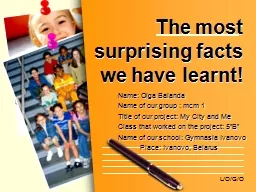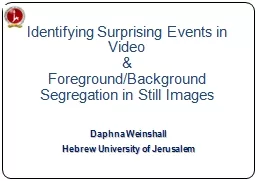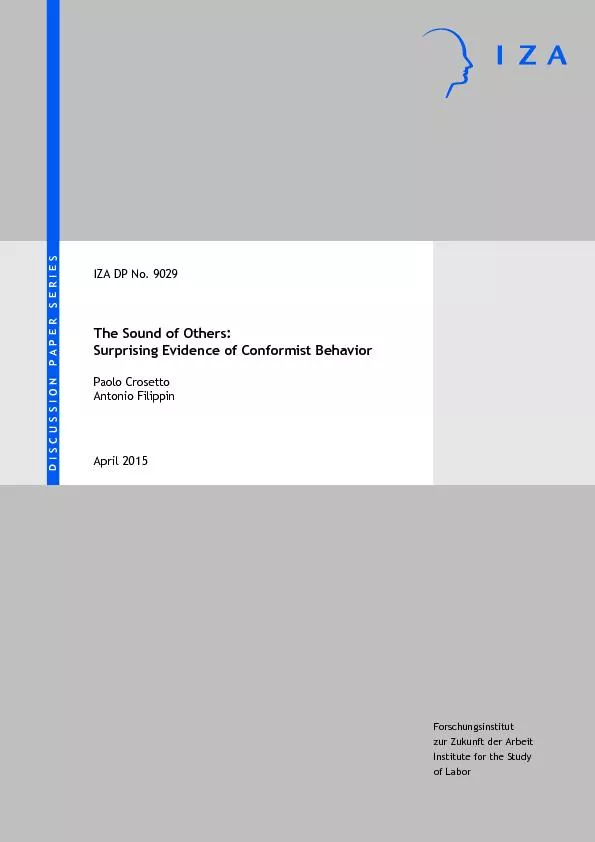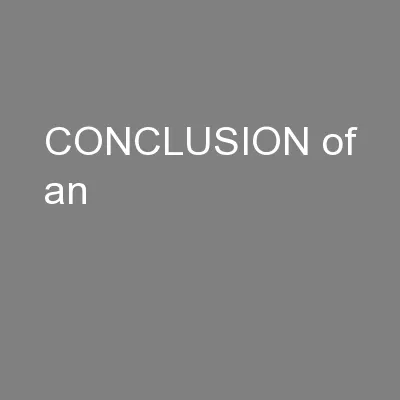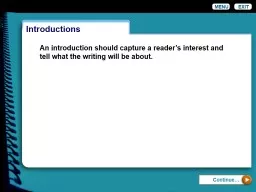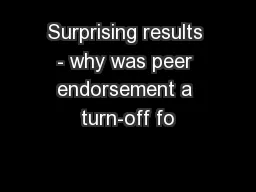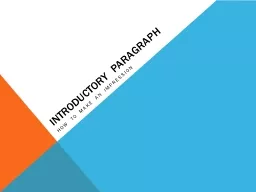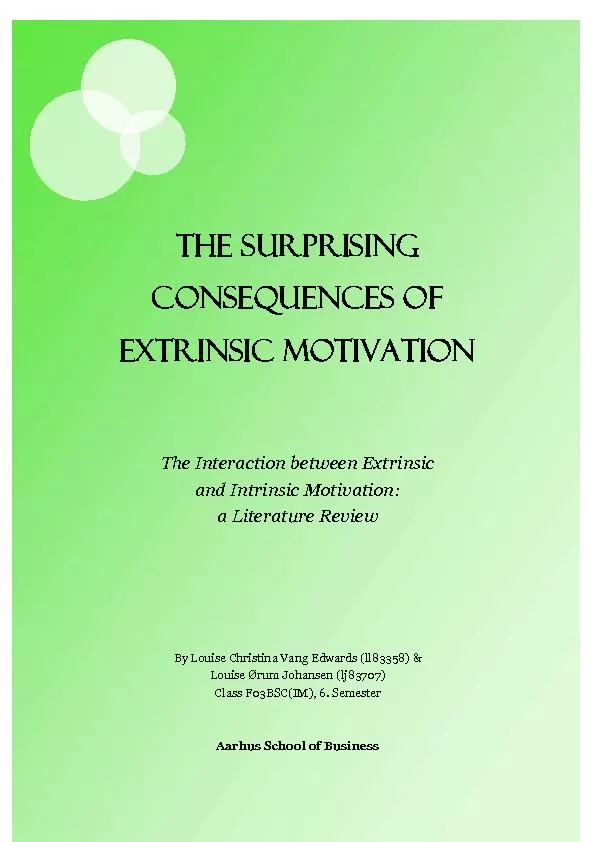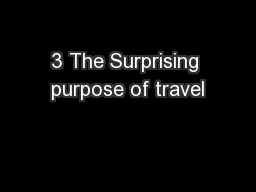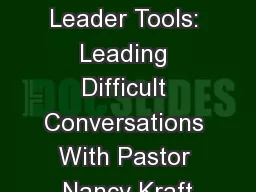PPT-SURPRISING SERVICE:
Author : lindy-dunigan | Published Date : 2019-11-28
SURPRISING SERVICE CAMPUS CLEAN UPS LEAD TO DISCUSSIONS ABOUT TOBACCO USE ON A TOBACCOFREE CAMPUS MIDDLE TENNESSEE STATE UNIVERSITY MURFREESBORO TENNESSEE Dr Mark
Presentation Embed Code
Download Presentation
Download Presentation The PPT/PDF document "SURPRISING SERVICE:" is the property of its rightful owner. Permission is granted to download and print the materials on this website for personal, non-commercial use only, and to display it on your personal computer provided you do not modify the materials and that you retain all copyright notices contained in the materials. By downloading content from our website, you accept the terms of this agreement.
SURPRISING SERVICE:: Transcript
Download Rules Of Document
"SURPRISING SERVICE:"The content belongs to its owner. You may download and print it for personal use, without modification, and keep all copyright notices. By downloading, you agree to these terms.
Related Documents


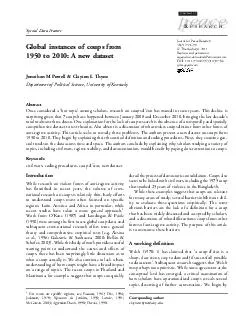
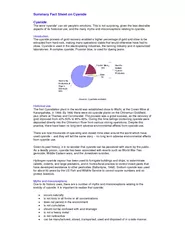
![surprising the recommendations are [24]serendipitous recommendations a](https://thumbs.docslides.com/204955/surprising-the-recommendations-are-24-serendipitous-recomme.jpg)
